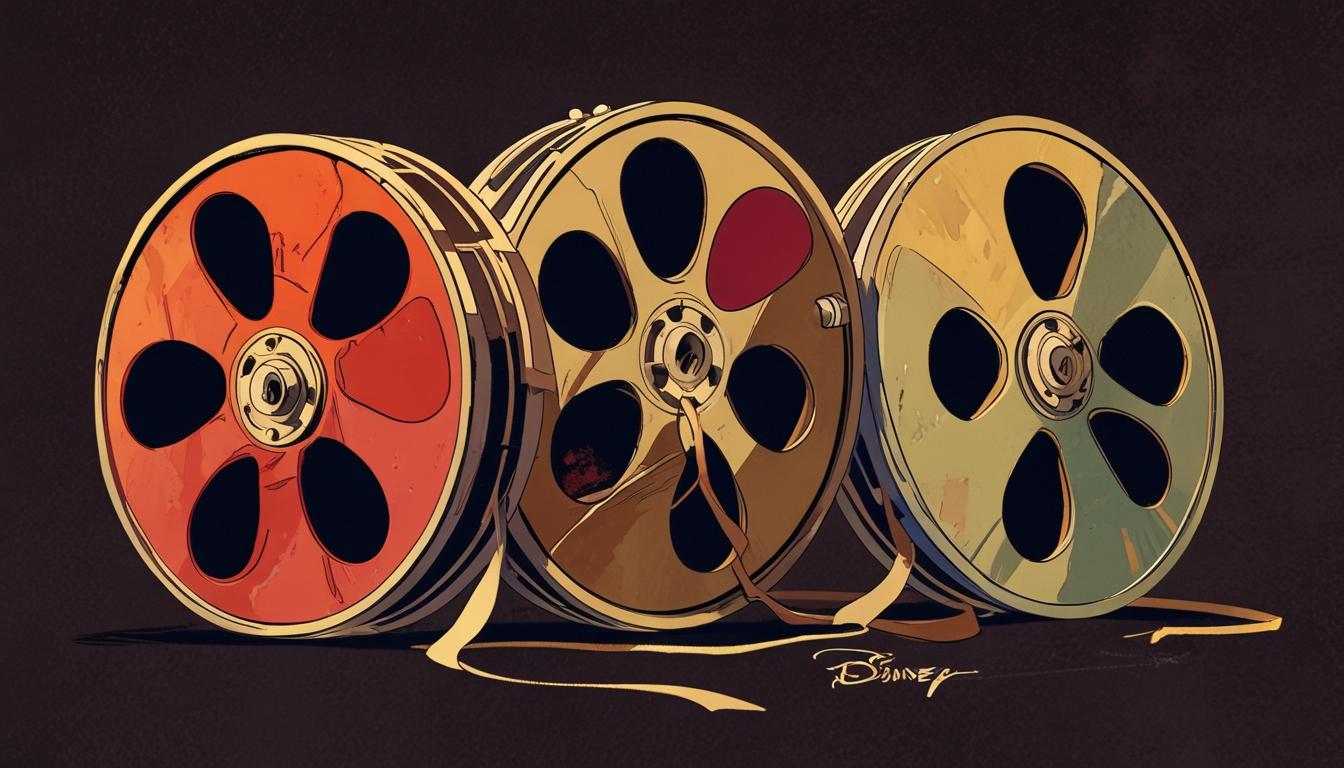Disney, long celebrated for its enchanting tales and beloved characters, has faced increasing scrutiny over racial stereotypes and controversial portrayals in some of its classic films and shorts. While these works are products of their time, modern audiences have highlighted troubling depictions that reflect outdated and offensive views.
One notable example is the 1970 film The Aristocats, which introduces a character named Shun Gon, an alley cat who embodies a caricature of East Asian people. Shun Gon's yellowish skin tone and the depiction of him playing piano with chopsticks have been criticised for perpetuating racial stereotypes. Similarly, the 1955 film Lady and the Tramp features the Siamese Cats, antagonists who sing a song laced with stereotypical chimes and speak in exaggerated broken English accents, further contributing to concerns about racist caricatures tied to Asian characters. Disney addressed this by replacing the song with a blues number in the 2019 live-action remake.
The 1953 animated classic Peter Pan also drew criticism due to its portrayal of Native American characters. Tiger Lily and her tribe are seen wearing traditional headdresses, but the film includes language that modern audiences find derogatory. The film’s usage of slurs reflects the period's attitude but has generated discomfort among contemporary viewers.
Maybe the most contentious Disney film is the 1946 release Song of the South. This movie combines live-action and animation to tell the story of a young boy learning from an elderly man on a plantation. The film’s romanticised view of plantation life, along with characters like Br’er Fox using a “Tar Baby” figure—which has racist connotations—has led to the film being effectively withdrawn from circulation. Despite some characters appearing in the now-retired Splash Mountain attraction, Disney has taken steps to distance itself from the movie's controversial content.
The dark side of Disney's depiction of race can also be found in earlier works. The 1932 short Trader Mickey places Mickey Mouse and Pluto in Africa, where they encounter caricatured “cannibals”, depicted as bumbling and exaggerated figures, reinforcing negative stereotypes of African people. Similarly, the 1943 short Commando Duck is part of wartime propaganda, showing Donald Duck fighting caricatured Japanese soldiers, continuing the trend of racial stereotyping in that era’s media.
Other Disney works include problematic scenes, such as Santa's Workshop (1932), which portrayed dolls embodying harmful racial stereotypes; Mother Goose Goes to Hollywood (1938), which parodied 1930s film stars but descended into racial caricatures; and Dumbo (1941), which featured the character Jim Crow—a name and character echoing minstrel shows and segregationist imagery. The latter film has had its controversial scenes removed from Disney+ to address these issues.
Even the musical Fantasia (1940) was not exempt, with a character called Sunflower, a minotaur servant modelled on racist caricatures. This scene was cut out in 1969 and has not been included in re-releases or streaming.
These examples paint a complex picture of Disney's legacy, illustrating how beloved films have at times contained content that clashes with contemporary values on race and representation. While many of these scenes have been removed from circulation or altered in subsequent adaptations, they remain part of the studio’s history and continue to be discussed among audiences and critics alike.
Source: Noah Wire Services
